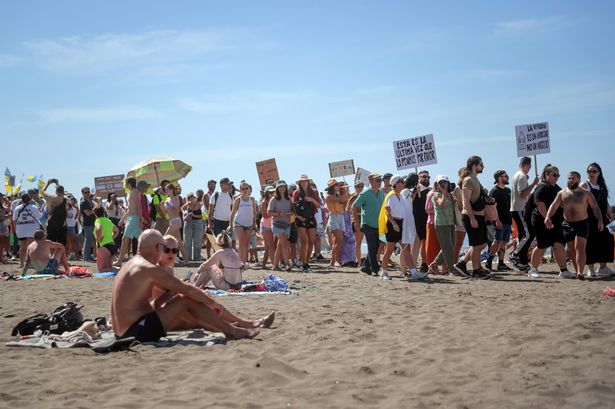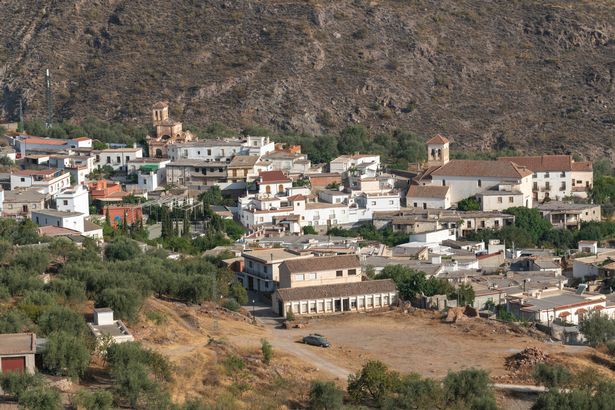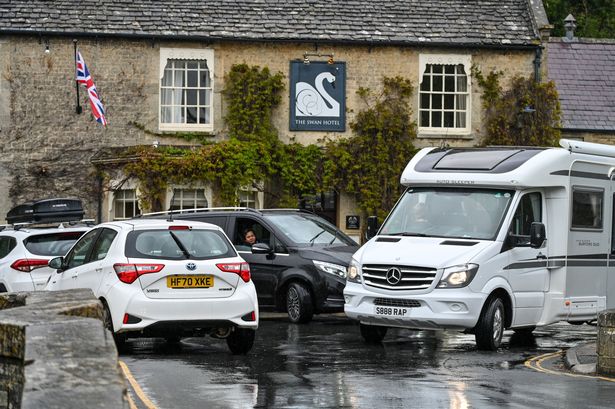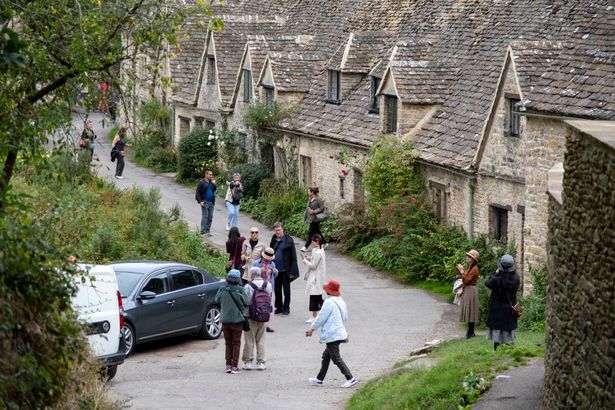A number of travel company bosses have reported dealing with clients who have made the decision to go elsewhere, following major overtourism protests last weekend
Some holidaymakers are dodging destinations in Spain due to concerns about overtourism protests.
Off the back of a string of high-profile, coordinated marches and actions across Spain, Portugal, and Italy at the weekend, potential visitors have decided to go elsewhere.
A number of travel company bosses have reported dealing with clients who have made the decision to go elsewhere.
Jet2holidays chief executive Steve Heapy told Travel Weekly: “Media coverage has ramped up over the past 24 hours and it simply enforces the perception that holidaymakers are not welcome. It worries people, simple as that.”
Ryan Lambton, a Hays Travel personal travel consultant, said: “I’ve had a few customers message [to say they] are now reluctant to book.”
READ MORE: Canary Island with most tourists named – but European destination takes top spot
Karl Douglas, co-owner of Beverley Travel, added: “We’ve had people saying, ‘We don’t want to go somewhere we’re not wanted.’ People will choose somewhere they’re going to be made welcome.”
Sandra Mutter, director at Andara Travel, said bookings to Dubai and Jordan were strong, but the protests in Spain, and Majorca in particular, seem to have had an “impact.”
Caroline Thorne, head of travel at East of England Co-op Travel, told the publication that overtourism protests were a bigger talking point with customers than the escalating conflict in the Middle East.
Last year, the UK was the main country of origin for international tourism in Spain in 2024. In 2024, more than 18 million British travelers headed south for a trip to Spain. Meanwhile, France ranked in second place that year, accounting for around 13 million foreign visitors to Spanish territory.
Following a sharp dip during the coronavirus pandemic, visitor numbers to Spain bounced back, hitting a record high of around 84 million in 2024.
READ MORE: Spain warning for Brits as new holiday rule comes into force from July 1READ MORE: Tourist warning to 10 million as Europe’s hottest capital on alert
Tourism operators in Spain have been keeping a close eye on booking numbers since overtourism protests erupted at a significant scale in 2023. Despite some minor dips in hotel figures in some destinations, demand for travel to the sun-drenched country does not seem to have been badly impacted.
Across holiday hotspots, campaigners fed up with rising house prices, low wages, and crowded public squares targeted tourists with water pistols and chanted for change. The protests last weekend were part of a coordinated action laid on by groups across several countries, who are united in their dislike of the current tourism model and who are now demanding change.
Major protests hit the streets of several key Spanish holiday areas this weekend, with campaigners using water pistols against unsuspecting tourists in Barcelona and on the Spanish island of Majorca on Sunday.
If you are planning a holiday somewhere sunny this summer, it’s helpful to know where the protests are taking place and who the protesters are angry at. Check out our guide to the four major disruption hotspots.
